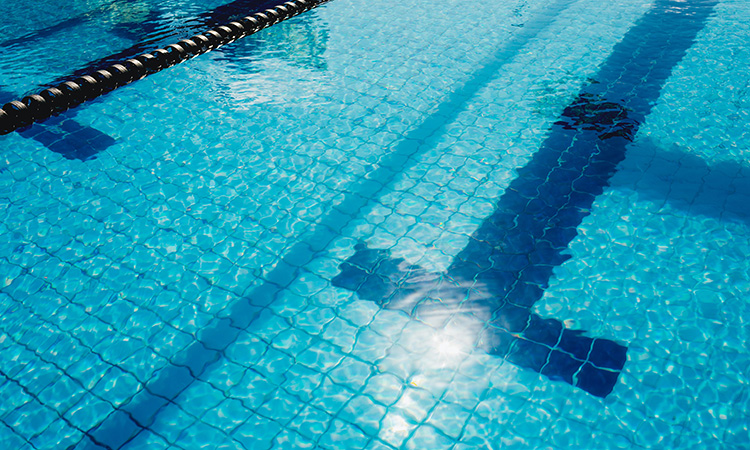
One critical choice you will ever make as a parent is how to keep your child safe around water. Accidents and drowning are a constant risk in all swimming areas, including backyard and public swimming pools. However, how can you tell if the kid is prepared for swimming lessons? When is the ideal moment to start introducing them to the water and developing their abilities and confidence?
Parent’s Guide to Swim Readiness: Knowing When Your Child is ready for Lessons
One critical choice you will ever make as a parent is how to keep your child safe around water. Accidents and drowning are a constant risk in all swimming areas, including backyard and public swimming pools. However, how can you tell if the kid is prepared for swimming lessons? When is the ideal moment to start introducing them to the water and developing their abilities and confidence?
This piece will identify all you need to know about swim readiness in this thorough guide, from the developmental stages that show your child is ready to the various swim lesson options and how to select the best one.
What is swim readiness?
Swim readiness is the physical, emotional, and cognitive development required for a kid to learn swimming techniques. A child prepared for swimming lessons has reached the appropriate age, meets the physical requirements, and is emotionally capable of participating in formal swimming instruction.
It’s crucial to remember that not every child is prepared for swimming classes at the same age. Some kids start swimming as early as three years, while others start at nine or ten. It’s critical to consider your child’s distinctive qualities, including their personality, physical capabilities, and comfort level in the water.
What are indications for knowing when your child is ready for lessons?
The following are some indications that your kid is prepared for swim lessons:
Physical capacity: A kid must be physically able to engage in the activity before they may learn to swim. For example, kids should be able to support themselves in the water while maintaining their balance and coordination. The instructor will anticipate that your child will use both arms and legs to paddle and glide horizontally across the water.
Water comfort: Children at ease in the water are more likely to pick up swimming quickly. Your kid might be prepared for swimming classes if they are not scared to have their face wet.
Level of development: Swimming lessons are inappropriate if your kid can follow directions and concentrate briefly.
Swimming lessons cover various categories, including strokes and fundamental water safety. Kids will learn to swim and float even without flotation devices. You should select the appropriate program for your child once you have decided whether or not they are prepared for swimming instruction. Consider elements including the level of training, safety precautions, the instructor-to-student ratio, and price. Discuss with the teacher which skills will be taught, the corrective process, and how to communicate expectations with the student.
We’re Rounding Off
Determining your child’s readiness for swimming lessons is essential to ensure they get quality teaching. You can tell if your kid is prepared for classes by paying close attention to their degree of maturity, physical ability, and comfort in the water. Then, by picking the best program with teachers like the ones at Higgins Aquatics, you may give them a solid foundation in swimming and water safety, laying the basis for a lifetime of enjoyment from swimming and even saving their lives.
related post

Leave a Reply